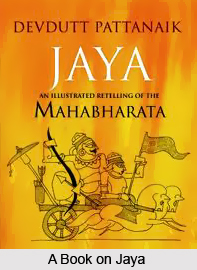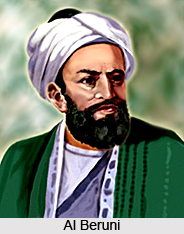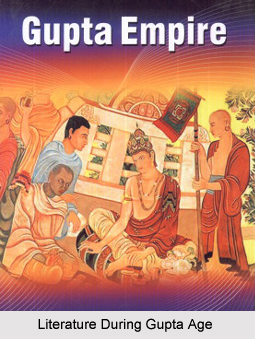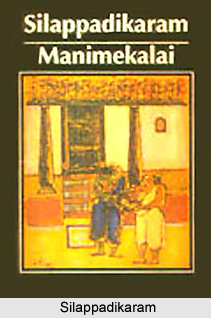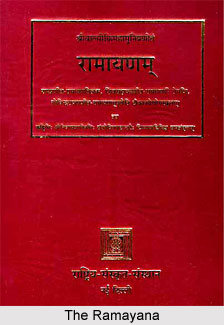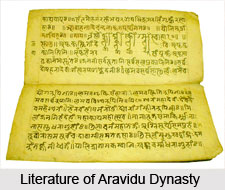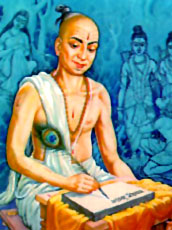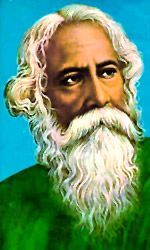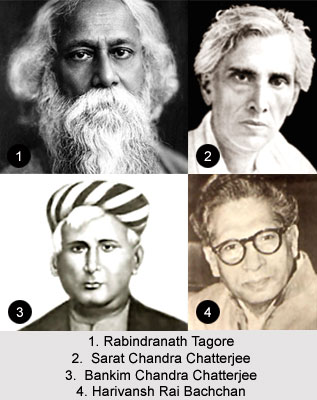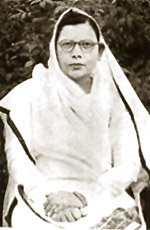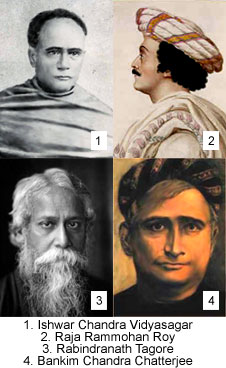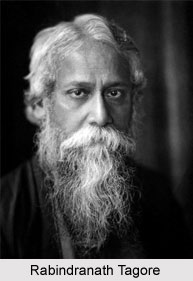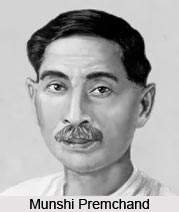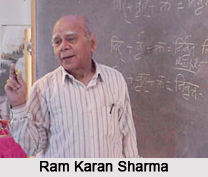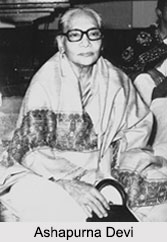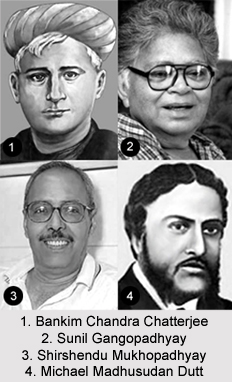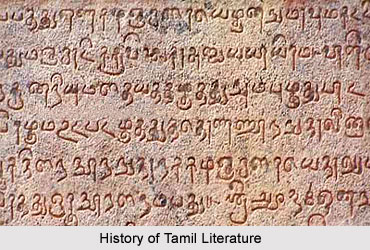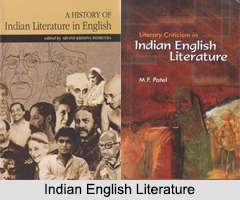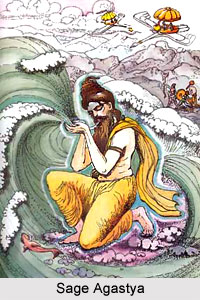 Inkurunuru, also known as Ainkurunooru, is a classical poetic work and constitutes as one of the books of the Ettuttokai or Ettuthokkai collection in Tamil literature from the Sangam age. Inkurunuru comprises of five hundred short poems in the Tamil language and the various verses in the book were composed by a number of poets and authors. The Tamil literary work of Inkurunuru was compiled by Kudalur Kizhar, after Yanaikkatcey Mantaran Cheral Irumporai, the Chera King, requested him to do so. Ettuthokai also includes other important Tamil literary works such as Akananuru, Purananru, Kalittokai, Kuruntokai, Narrinai, Paripatal and Patirruppattu. The book of Inkurunuru, which comprises a vital part of the Ettuthokai anthology, has significantly contributed to the development of Sangam literature.
Inkurunuru, also known as Ainkurunooru, is a classical poetic work and constitutes as one of the books of the Ettuttokai or Ettuthokkai collection in Tamil literature from the Sangam age. Inkurunuru comprises of five hundred short poems in the Tamil language and the various verses in the book were composed by a number of poets and authors. The Tamil literary work of Inkurunuru was compiled by Kudalur Kizhar, after Yanaikkatcey Mantaran Cheral Irumporai, the Chera King, requested him to do so. Ettuthokai also includes other important Tamil literary works such as Akananuru, Purananru, Kalittokai, Kuruntokai, Narrinai, Paripatal and Patirruppattu. The book of Inkurunuru, which comprises a vital part of the Ettuthokai anthology, has significantly contributed to the development of Sangam literature.
Composition of Inkurunuru
The book of Inkurunuru or Ainkurunooru falls in the Agam or Akam (subjective) tradition according to its content and subject matter. Tamil poetic works from the ancient times were classified in the two broad categories of Agam or Akam and Puram. The Agam category is subjective and deals with issues and concepts related to human emotions, feelings, sentiments and other matters related to the heart. Where as the Puram category is objective and deals with tangible and physical issues and themes such as wealth, politics, war and many other themes that come in this category. The verses in the Inkurunuru anthology are composed in the Akaval meter. There are number of poems in the poetic work of Tamil literature that deal with the different aspects and facets of a love relationship and the courtship between the leading couple that is the hero of the tale and his lover the heroine. The various poems of Inkurunuru collection are set in different landscapes known as Thinai in the Tamil language and the landscape of the poem is dependant on the mood, feel and theme of the poem.
The 255th poem in the Inkurunuru anthology belongs to the Marutham Thinai, which refers to the landscape prevalent in the mountainous regions. The content and theme of the poem also complements the Thinai of the verse and deals with the account of the protagonist who mentions about being united with his lover and the happiness that the couple will feel in that moment. The Tamil poem starts with the words Kunrak kuravan katal matamakal, mentions about the beautiful young daughter of the tribal chief who reside in the hilly areas. The young girl, who is the heroine of the tale, has complexion similar to the heavenly maidens on the mountains. Her natural beauty is awe inspiring and the poet continues to vividly describe her physical beauty and appearance including her stunning eyes, red lips, appealing bosoms and beauty spots.
Writers of Inkurunuru
It is considered that five different poets composed the five hundred short poems in Tamil, where each author wrote one hundred verses. The poets have been identified and their names are also known, which are Ammuvanaar, Othalandayarand, Orampokiyar, Kapilar and Peyanaar. The poet Perunthevanaar, renowned for his translation of the Mahabharatham into Tamil language, composed the incantation hymn at the beginning of the revered anthology.
